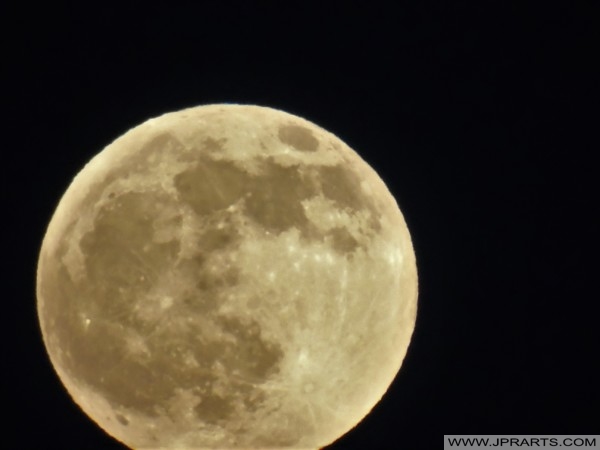The Universe (Latin: universus) is all of space and time and their contents, including planets, stars, galaxies, and all other forms of matter and energy. While the spatial size of the entire Universe is unknown, it is possible to measure the size of the observable universe, which is currently estimated to be 93 billion light-years in diameter. In various multiverse hypotheses, a universe is one of many causally disconnected constituent parts of a larger multiverse, which itself comprises all of space and time and its contents; as a consequence, ‘the Universe’ and ‘the multiverse’ are synonymous in such theories.
Universe
Universo
The earliest cosmological models of the Universe were developed by ancient Greek and Indian philosophers and were geocentric, placing Earth at the center. Over the centuries, more precise astronomical observations led Nicolaus Copernicus to develop the heliocentric model with the Sun at the center of the Solar System. In developing the law of universal gravitation, Isaac Newton built upon Copernicus’ work as well as Johannes Kepler’s laws of planetary motion and observations by Tycho Brahe.
Universum

宇宙
فضاء كوني
Univers
Further observational improvements led to the realization that the Sun is one of hundreds of billions of stars in the Milky Way, which is one of at least hundreds of billions of galaxies in the Universe. Many of the stars in our galaxy have planets. At the largest scale, galaxies are distributed uniformly and the same in all directions, meaning that the Universe has neither an edge nor a center. At smaller scales, galaxies are distributed in clusters and superclusters which form immense filaments and voids in space, creating a vast foam-like structure. Discoveries in the early 20th century have suggested that the Universe had a beginning and that space has been expanding since then, and is currently still expanding at an increasing rate.
Вселенная
ब्रह्माण्ड
Evren
The Big Bang theory is the prevailing cosmological description of the development of the Universe. Under this theory, space and time emerged together 13.799±0.021 billion years ago and the energy and matter initially present have become less dense as the Universe expanded. After an initial accelerated expansion called the inflationary epoch at around 10−32 seconds, and the separation of the four known fundamental forces, the Universe gradually cooled and continued to expand, allowing the first subatomic particles and simple atoms to form. Dark matter gradually gathered, forming a foam-like structure of filaments and voids under the influence of gravity.
היקום
Visit the Science News for the latest news on Space Exploration
Click Here for More Stock Photos and Videos









